atv loading atv tips atv transport step by step guide utv loading utv tips utv transport
Transporting your ATV or UTV can be a pain. One of the easiest ways is to secure it in a truck bed, but it can be challenging to get it on the truck in the first place.
Using a ramp is an easy and quick way to load and unload, but there are still safety precautions you must follow to ensure you and the vehicle are not injured. Here is a step by step guide.
Step 1: Purchase Quality Ramps
Get yourself a set of proper, high-quality loading ramps with added safety features like sidewalls. Your ramps should be rated for the weight of the vehicle plus the driver. Never exceed the weight limit on your ramps.
Step 2: Secure the Ramp
Use tie-down or ratchet straps to secure the ramps to the truck to prevent slipping or sliding when you’re driving up them. Use a separate strap for each ramp, and secure to the truck’s frame.
Step 3: Strap on That Helmet
The slow speed and short distance traveled when loading an ATV may seem innocent, but if something goes wrong, you want your important assets--that big brain and dreamy face--to be protected! Don’t let seeming convenience, peer pressure or your ego get in the way--make sure your help is on and the chin strap is secured.
Step 4: Find the Proper Positioning
Line up the ATV’s wheels with the truck, making sure it is dead straight on.
Step 5: Find the Center Line
Position the ramps so they are lined up with the very center of the ATV’s tires, or as close as possible. If you get them off-center, there is a risk that the ramps will tip and/or you will drive the ATV clean off the side.
Step 6: Pick the Right Gear
Put your ATV into 4LO or whatever the lowest possible gear is. You want low speed, but high power, and if you have four-wheel drive, you want it active.
Step 7: Keep it Firm but Smooth
Apply throttle firmly but smoothly.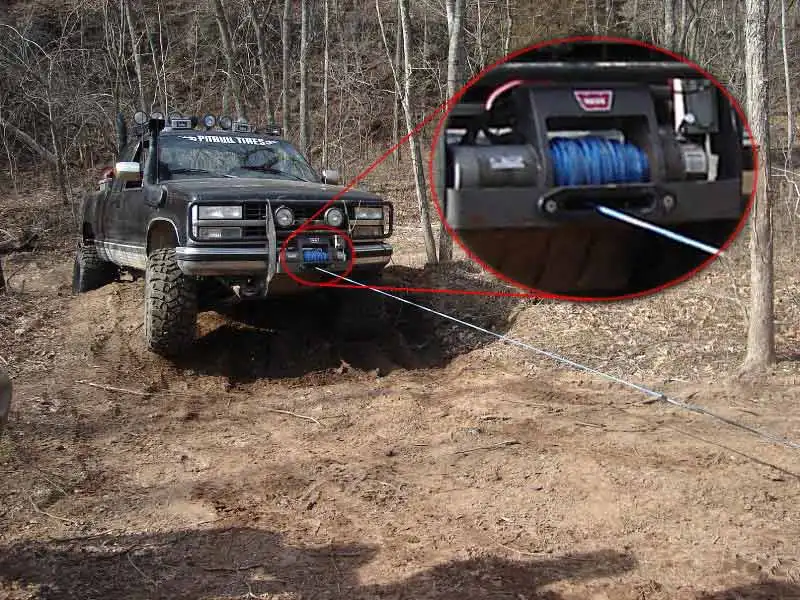 You want just enough gas for momentum and no more. Absolutely do not back off the throttle while driving up the ramps, as you might slip backwards.
You want just enough gas for momentum and no more. Absolutely do not back off the throttle while driving up the ramps, as you might slip backwards.
Step 8: Practice Slow Creep
Slowly creep the ATV until all four wheels are safely on the truck bed. Once here, gently apply gas until the front of the ATV nearly touches the front of the bed, with a few inches space between the ATV and the front of the bed/cab window. Then shut off the engine, and put in park or apply the parking brake. Do not leave the key in while transporting.
Step 9: Pack It Up
Remove the tie-down straps, remove the ramps and close the tailgate.
Step 10: Secure the ATV
Use strong ratchet straps to secure the ATV to the truck. It helps to have somebody sit on the front and back of the machine while you secure the straps.
Never attempt to load an ATV on a truck on your own. If anything goes wrong, you may need a second person to fix the problem or go for help. Following these simple steps will help to keep the loading process smooth and safe.
Following these simple steps will help to keep the loading process smooth and safe.
Sign in
Welcome!Log into your account
your username
your password
Forgot your password?
Password recovery
Recover your password
your email
Search
DiamondBack Covers | FlickrThe #1 Safest Way To Load An ATV
The safest way to load an ATV onto a pickup truck is with a winch.
Unfortunately, very few people use this method. It takes a bit longer and is a bit fidgety, but this is absolutely the safest way to load an ATV using a ramp.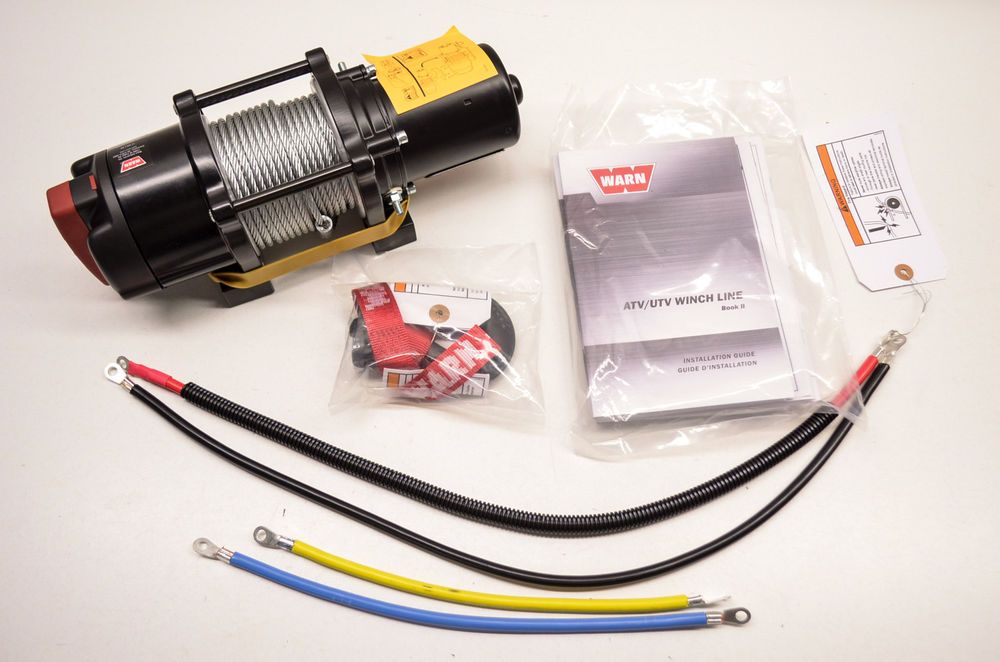
Believe it or not, most ATV ramps actually include warnings not to drive your ATV on the ramp. I’m sure this is primarily legalese to deter lawsuits, but consider yourself warned.
Here’s a video of a guy who’s doing it 100% right.
He received so many troll comments that he had to shut off comments, but he’s actually doing it the right way.
Knucklehead ATV Loading Fails
Tips To Safely Load An ATV

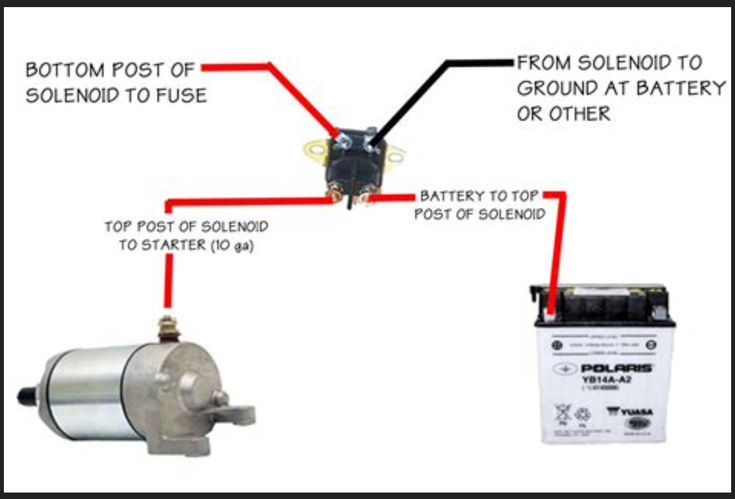 A common mistake that people make when using a folding ramp is not realizing that each ramp segment is only rated to about 750 lbs. For example, with a motorcycle, you will not have the entire 1,500 weight limit allowance because you’re driving up only one segment with a 750 lb limit. Keep this in mind so you don’t exceed the weight limit when you have a heavy bike + a rider.
A common mistake that people make when using a folding ramp is not realizing that each ramp segment is only rated to about 750 lbs. For example, with a motorcycle, you will not have the entire 1,500 weight limit allowance because you’re driving up only one segment with a 750 lb limit. Keep this in mind so you don’t exceed the weight limit when you have a heavy bike + a rider.Check out our picks for the 5 Best ATV Ramps on the market.
Featured Image By DiamondBack Covers | Flickr
- Advertisement -
Read Next
The popularity of ATVs has grown exponentially over the past couple of decades. Athletes, hunters, huntsmen for professional purposes use such special equipment with pleasure. There are more than enough people who want to ride transport with increased cross-country ability for their own pleasure. Often there is a need to transport ATVs from one point to another, since they themselves are not designed for long journeys. Let's see what nuances should be taken into account. nine0003
Athletes, hunters, huntsmen for professional purposes use such special equipment with pleasure. There are more than enough people who want to ride transport with increased cross-country ability for their own pleasure. Often there is a need to transport ATVs from one point to another, since they themselves are not designed for long journeys. Let's see what nuances should be taken into account. nine0003
The main problem when driving such ATVs on public roads is a number of requirements. It is realistic to move on them, however, for this you need to have a whole package of documents:
The transportation of such a specific vehicle by a trailer is based on certain rules that must be strictly followed in order not to get fined by the traffic police.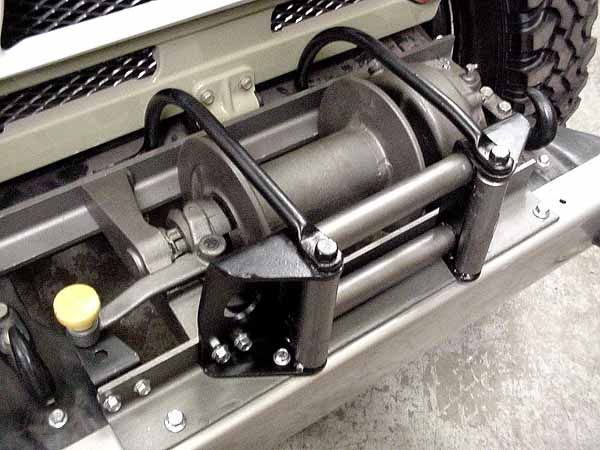 We will try to cite the most important and fundamental of them, especially since they are closely related to road safety issues.
We will try to cite the most important and fundamental of them, especially since they are closely related to road safety issues.
So, the basic requirements for transportation:
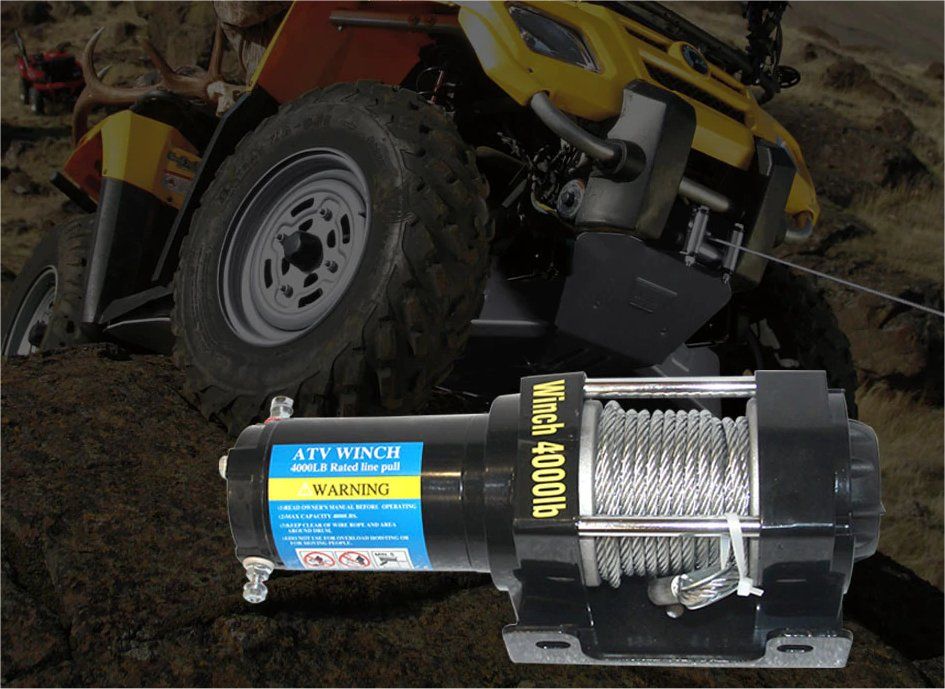 Failure to comply with the speed limit, especially on rough sections of the road, can cause the equipment to break from its mounts and fly out of the trailer.
Failure to comply with the speed limit, especially on rough sections of the road, can cause the equipment to break from its mounts and fly out of the trailer.
A trailer is perhaps the most popular scenario for transporting an ATV from one location to another. It is not even necessary to buy it, but you can simply rent it and install it on any passenger car with a tow bar. A modern platform trailer is ideal for such cases. It is necessary to ensure that the special equipment is correctly fixed on it. nine0003
It is also recommended to pay attention to the auxiliary equipment of the trailer:
 In off-road conditions, a valuable ATV runs the risk of being plastered with mud and flooded with precipitation; nine0012
In off-road conditions, a valuable ATV runs the risk of being plastered with mud and flooded with precipitation; nine0012
It is very important to properly secure the ATV to the trailer or platform. This will depend on the safety along the way. One fixation for the seats or wheels will not be enough. A pair of tie-down straps will help make everything convenient and reliable. Further, the sequence of actions will be as follows:
Transporting an ATV with the help of professional companies is not always profitable. In many cases, it is even faster, and you can personally control the integrity and safety of the cargo all the way. However, you will also have to be solely responsible for compliance with the rules of transportation. nine0003
In many cases, it is even faster, and you can personally control the integrity and safety of the cargo all the way. However, you will also have to be solely responsible for compliance with the rules of transportation. nine0003
When referring to transportation in the back of another vehicle, it is understood that it is a truck, pickup or large van. The transportation of ATVs by such units of transport is not prohibited, since it does not differ in any way from other oversized cargo. There are no restrictions, because the main thing is to securely fix the ATV so that it does not move while driving and passes through the load capacity.
If the all-terrain vehicle is not transported by itself, but in the back of a truck, then this saves the owner from a lot of trouble by analogy, just like in a pickup truck. It is not required to draw up an OSAGO insurance contract, you do not need to obtain license plates or have a special category in your driver's license. nine0003
nine0003
In this case, the ATV will not be an independent vehicle, and therefore the driver only needs to be ready to confirm his ownership. For this, a sales contract and, if necessary, a power of attorney are suitable if the owner is not in the truck. Approximately according to the same algorithm, papers are drawn up if a truck is hired from a third-party organization (carrier).
This method is often used if it is necessary to take the ATV to another city. In terms of meaning, this resembles an appeal to a transport company-carrier, although it differs somewhat in nuances. Over long distances it will be expensive, but if the settlements are relatively close, then it has the right to life. nine0003
It is necessary to independently check the reliability of mounting the ATV on the tow truck. Such companies often do not conclude contracts with the client, and therefore one cannot count on the fact that they bear full responsibility for the safety of the cargo in transit. Therefore, it is best, at a minimum, to accompany your cargo along with the tow truck driver and see for yourself how carefully it was fixed on the lift.
Therefore, it is best, at a minimum, to accompany your cargo along with the tow truck driver and see for yourself how carefully it was fixed on the lift.
Cooperation with a transport company will make it possible to shift all the organizational and related issues related to the delivery of an ATV onto the shoulders of professionals. However, the carrier company will charge a fee for its services. It is very convenient that they have their own fleet, insured and undergoing maintenance. If material damage is caused to the transported equipment, the customer will receive compensation.
This option is useful when you need to transport the ATV for a long distance. There is no need to study the technical requirements and think about how to securely fasten it to the trailer. All these difficulties will be taken over by the specialists of the carrier company. They will not only fix the ATV in the body, but also estimate the best route.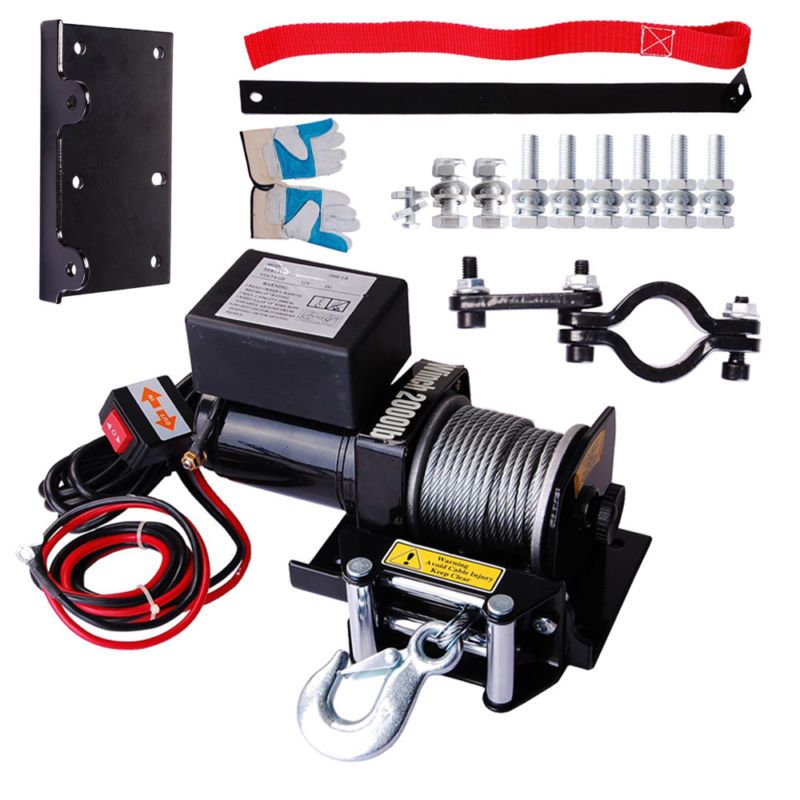 In such companies, they know for sure what requirements must be met with such orders. You can find a professional and reliable third-party carrier in any major city. nine0003
In such companies, they know for sure what requirements must be met with such orders. You can find a professional and reliable third-party carrier in any major city. nine0003
So, the process of trucking a four-wheeled all-terrain vehicle must be approached very carefully and responsibly, given the cost of an ATV. If you plan to hire a third-party organization, then it would be useful to read reviews about its activities. Next, you need to carefully read the contract, which specifies the area of responsibility of the carrier for the safety of the transported assets. If you intend to transport on your own, then you should prepare a package of documents and stock up on technical equipment in case of unforeseen situations on the road. Perhaps readers will want to share their personal experience of transporting an ATV: how is it cheaper to do it, more economical, safer? Write in the comments! nine0003
If you plan to hire a third-party organization, then it would be useful to read reviews about its activities. Next, you need to carefully read the contract, which specifies the area of responsibility of the carrier for the safety of the transported assets. If you intend to transport on your own, then you should prepare a package of documents and stock up on technical equipment in case of unforeseen situations on the road. Perhaps readers will want to share their personal experience of transporting an ATV: how is it cheaper to do it, more economical, safer? Write in the comments! nine0003
K. Zakurdaev
It was created exclusively for sports and entertainment, but it still won the right to work! The favorite toy of wealthy idlers and resourceful businessmen - an ATV, aka ATV, aka ATV - was conceived two decades ago solely as a "cooler" analogue of a motocross motorcycle for dashing off-road rides. But over the years, this vehicle has found its place among commercial vehicles, gradually turning into almost a real truck! nine0124
It was bound to happen.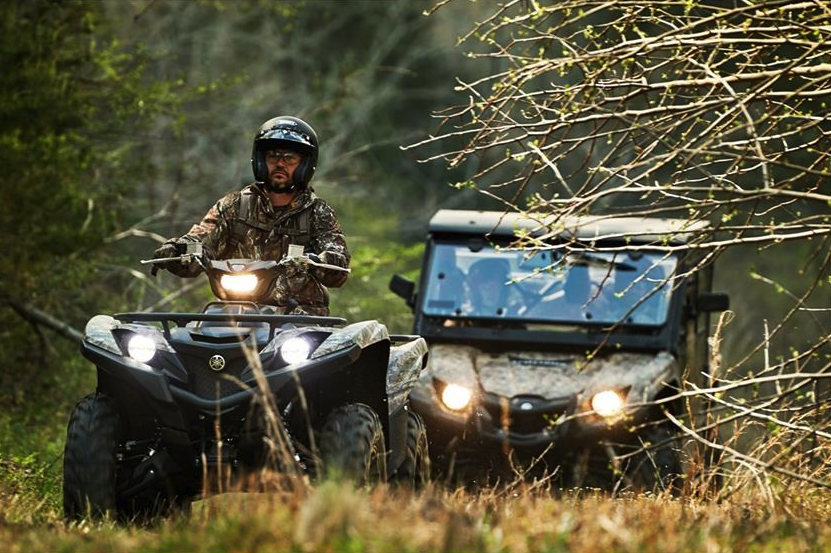 The process took almost twenty years, but the most useless wheeled vehicle in terms of transporting goods still found its place among commercial vehicles. Until recently, this seemed impossible, but today cargo versions of all-terrain vehicles are in the production program of the most famous manufacturers.
The process took almost twenty years, but the most useless wheeled vehicle in terms of transporting goods still found its place among commercial vehicles. Until recently, this seemed impossible, but today cargo versions of all-terrain vehicles are in the production program of the most famous manufacturers.
What is an ATV? By and large, this is a motorcycle put on four wheels, which has retained its typical fit and exceptional individuality of use, but has gained the ability to overcome the most difficult off-road conditions. The latter quality turned out to be so significant that it was emphasized in one of the names of the ATV - ATV, an abbreviation resulting from the reduction of the words “All Terrain Vehicle”, which literally translates into Russian as “all-terrain vehicle”. And this is one hundred percent true - hardly any other wheeled vehicle will be able to compete on equal terms with an ATV in cross-country ability! nine0036
Initially the ATV was conceived solely for entertainment The first ones are made as light as possible, with a drive only to the rear wheels (using a chain drive) without any luggage compartments, with two-stroke engines and a rigid suspension.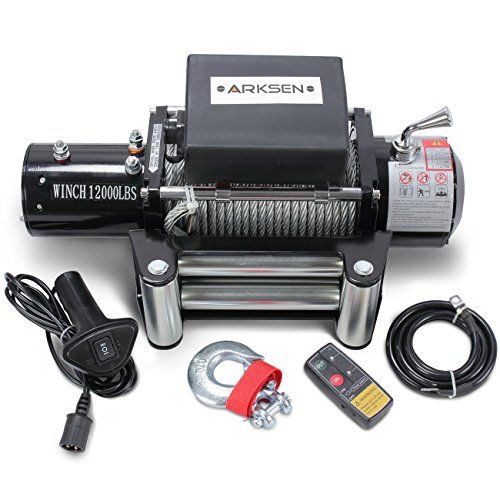 Utility, they are also tourist, models are more practical and comfortable, their design traditionally uses an all-wheel drive transmission, a fully independent suspension, more flexible four-stroke engines. Such ATVs have increased carrying capacity and cargo capacity (due to the use of rear and sometimes front trunks), due to the possibility of transporting a trailer. Needless to say, commercial versions of all-terrain vehicles appeared precisely on the basis of the latter. nine0036 Utility, they are also tourist, models are more practical and comfortable, their design traditionally uses an all-wheel drive transmission, a fully independent suspension, more flexible four-stroke engines. Such ATVs have increased carrying capacity and cargo capacity (due to the use of rear and sometimes front trunks), due to the possibility of transporting a trailer. Needless to say, commercial versions of all-terrain vehicles appeared precisely on the basis of the latter. nine0036 At first, the ATV harnessed to work did not differ much from the usual one: all kinds of luggage boxes were installed in the front and rear parts of its body, as well as special holders, with which it was possible to securely fix shovels, ladders and other tools. Since the ATV was not originally intended to carry any significant amount of cargo, special trailers were used, which dealers began to offer a great variety as accessories. nine0036
: the first - because of the small usable volume, the second - because of the inconvenience of using in difficult off-road conditions, so a cardinal solution to the issue of cargo capacity was required. Polaris was the first to cut the Gordian knot. Taking as a basis the heavy utilitarian-tourist model Sportsman, the designers mounted a cargo platform in its rear part. True, due to the short base of the vehicle, an additional axle had to be “rolled up” under it, as a result of which the car turned out to be six-wheeled. Such an ATV could already carry about 360 kg of cargo, which is about three times more than a conventional model is capable of transporting, and the cargo could be indivisible, it did not need to be pushed into different trunks and containers. But the price for the increased cargo capacity was increased weight and fuel consumption, worsened dynamics and maneuverability. In addition, the ATV, as it was, remained single-seat, which is not very good for any commercial transportation. In a word, new constructive solutions were required, at least partially removing these problems. And they were found. nine0036
|
 The hood, the cab, the cargo bed... Both the Polaris Ranger and the Yamaha Rhino have it all - typical representatives of commercial ATVs developed and put into production in recent years. No, in terms of the design of the transmission and chassis, they are not much different from traditional utilitarian-tourist models. Motorcycle engines, continuously variable transmissions, and a high-speed energy-intensive suspension are used here. But the landing, and the layout as a whole, is typically automotive! nine0036
The hood, the cab, the cargo bed... Both the Polaris Ranger and the Yamaha Rhino have it all - typical representatives of commercial ATVs developed and put into production in recent years. No, in terms of the design of the transmission and chassis, they are not much different from traditional utilitarian-tourist models. Motorcycle engines, continuously variable transmissions, and a high-speed energy-intensive suspension are used here. But the landing, and the layout as a whole, is typically automotive! nine0036 Are ATV trucks useful? It depends. Of course, ordinary carriers do not need them. The operation of commercial versions of all-terrain vehicles is possible only in rather specific conditions where the use of traditional trucks, such as pickups, is impossible or unprofitable.
Truck versions of ATVs are bought thanks to the qualities inherited from the "ancestors". First, they have off-road capabilities that the vast majority of four-wheel-drive pickups or larger off-road trucks are not capable of. Secondly, compared to any modern off-road vehicles, they have a lower price (abroad it is $ 5,000 ... 10,000, in our country - $ 15,000 ... that all-terrain vehicles are not subject to the mass of various requirements and restrictions that cars are forced to comply with. nine0036
Secondly, compared to any modern off-road vehicles, they have a lower price (abroad it is $ 5,000 ... 10,000, in our country - $ 15,000 ... that all-terrain vehicles are not subject to the mass of various requirements and restrictions that cars are forced to comply with. nine0036